Throughout history, diplomatic seals and emblems have been symbols of power, authority, and national identity. These marks, often intricately designed, represent the nations, governments, and organizations that have shaped global diplomacy. From the majestic Great Seal of the United States to the ancient emblem of the Roman Republic, each holds a unique significance. Their designs often reflect the values, history, and ambitions of the entities they represent. Delving into these seals offers a glimpse into the rich tapestry of international relations and political heritage.
Great Seal of the United States
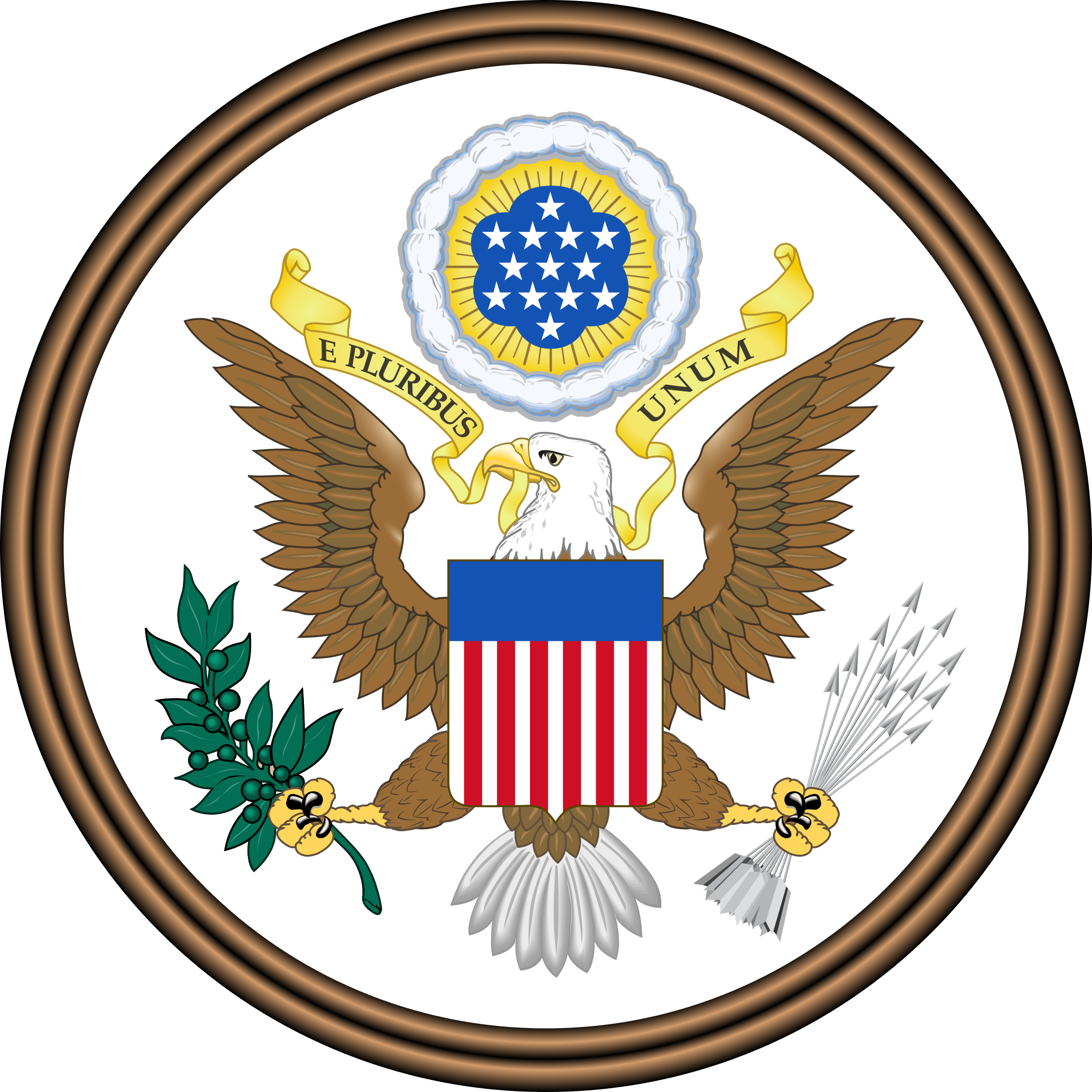
The Great Seal of the United States is a powerful emblem. It features a bald eagle holding an olive branch and arrows. The eagle’s head turns toward the olive branch, symbolizing peace. A shield with 13 stripes rests on the eagle’s chest, representing unity among the original colonies. Above the eagle is a cluster of 13 stars, shining in a blue sky.
Seal of the United Nations
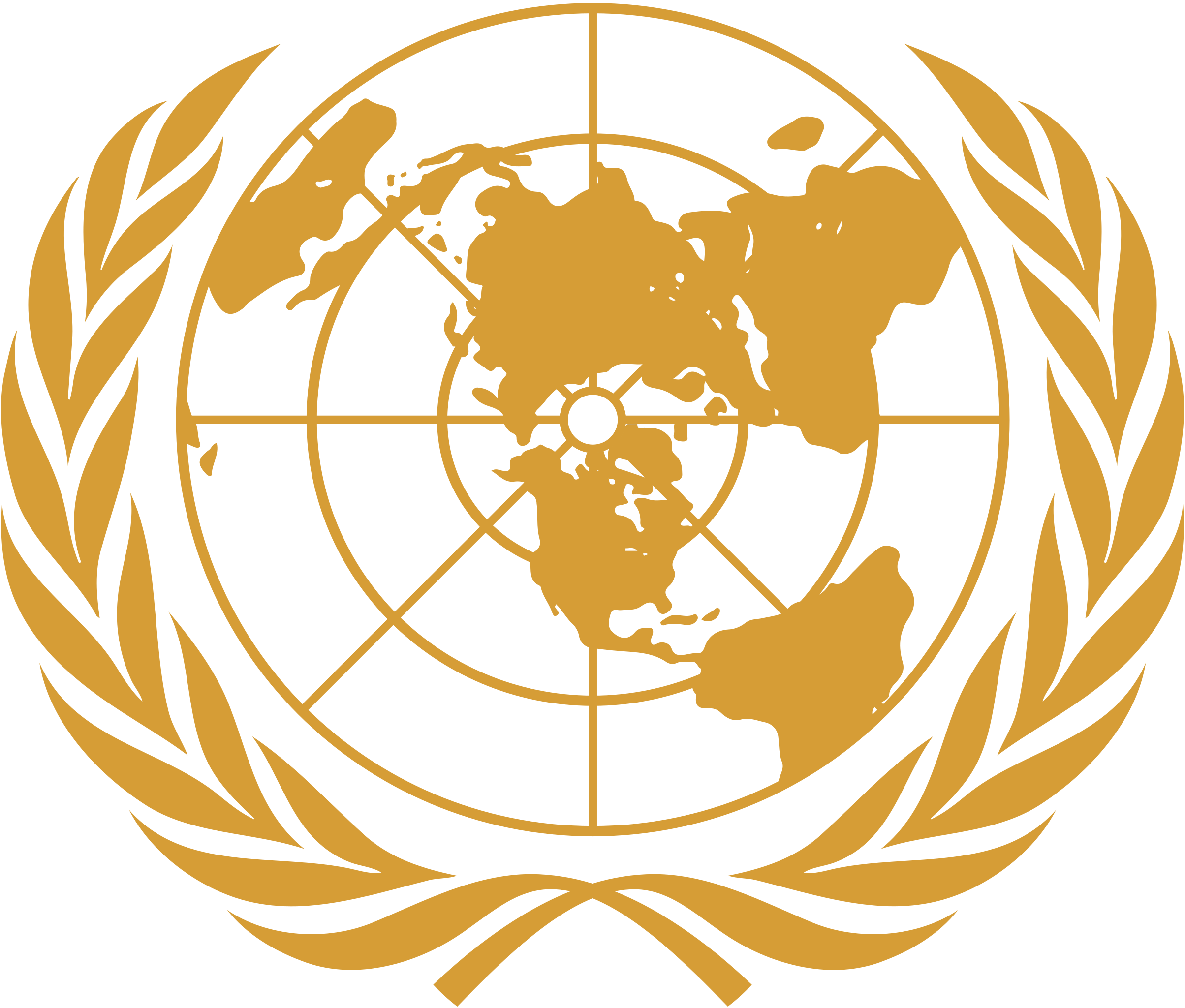
The United Nations seal is globally recognized. Its design showcases a world map, centered on the North Pole. Surrounding the map are olive branches, symbolizing peace. The seal emphasizes the organization’s mission for global unity. Every detail reflects the UN’s commitment to maintaining international harmony.
Imperial Seal of Japan
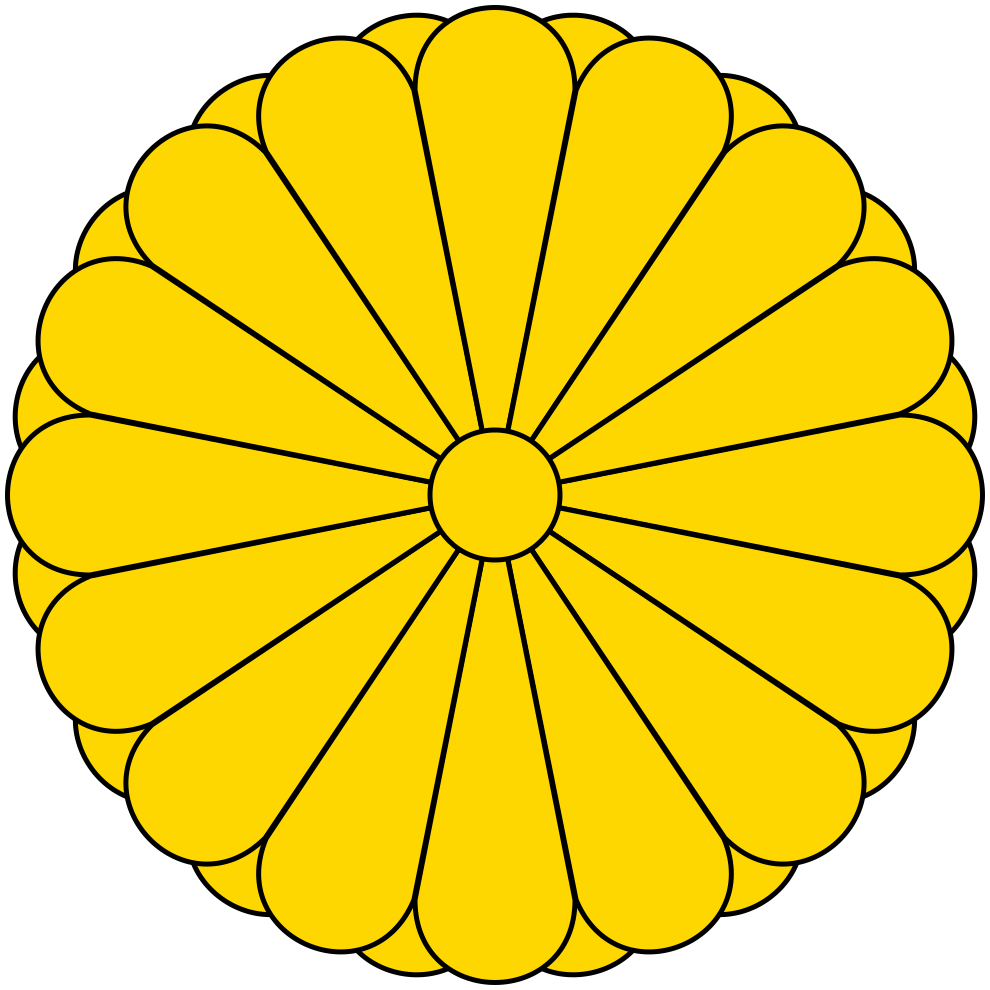
Japan’s Imperial Seal is a symbol of the emperor’s authority. It features a stylized chrysanthemum with 16 petals. The flower has a simple yet elegant design. Each petal is meticulously arranged, representing harmony and order. This emblem is used exclusively by the Japanese imperial family.
Seal of the Ottoman Empire
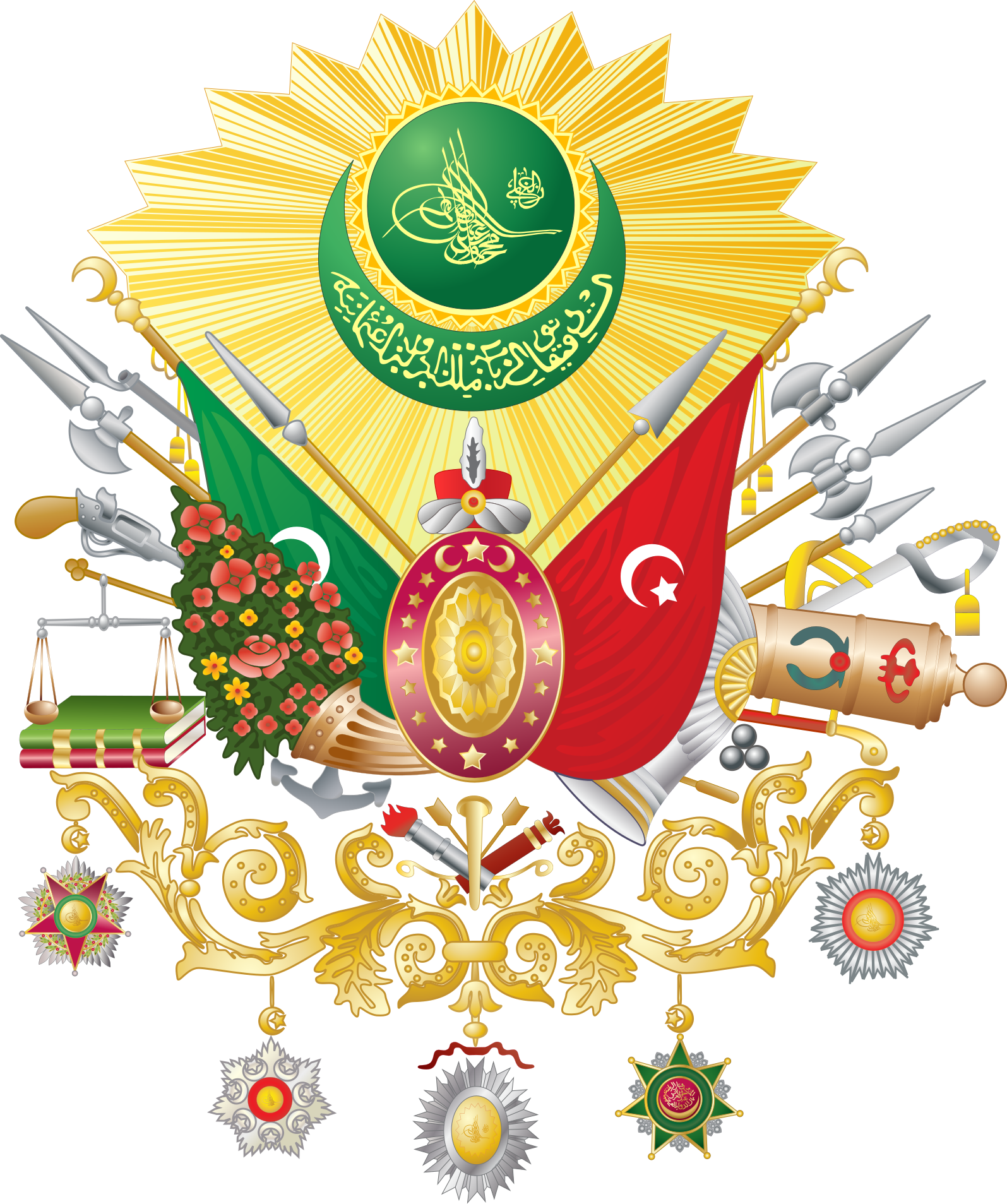
The seal of the Ottoman Empire was a mark of imperial power. It featured a tughra, a stylized signature of the sultan. The tughra was often written in intricate calligraphy. It symbolized the sultan’s absolute authority over the empire. This unique emblem adorned royal decrees and official documents.
Seal of the Russian Empire
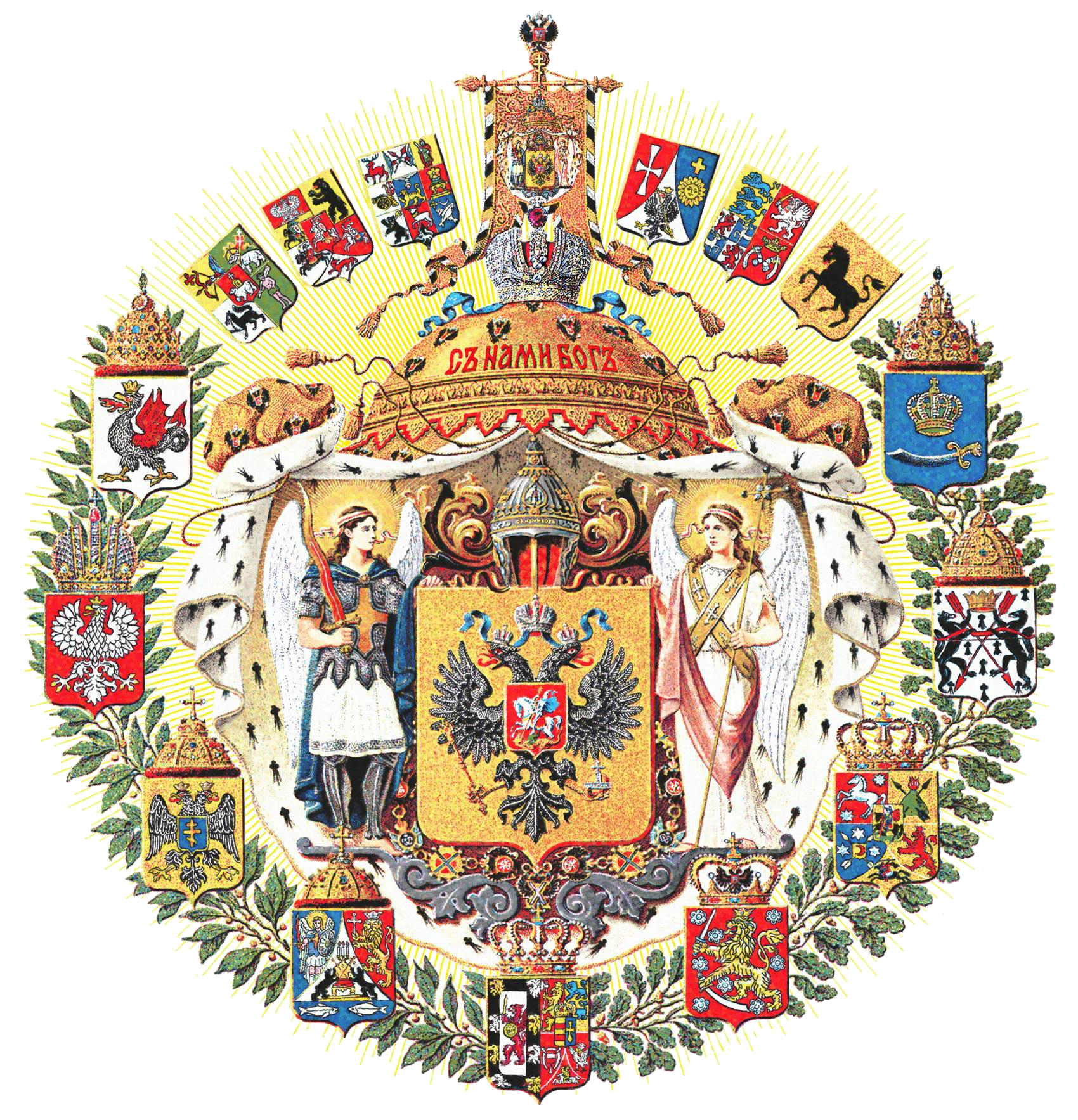
The Russian Empire’s seal was an elaborate design. It featured a double-headed eagle, holding a scepter and an orb. Each head faced opposite directions, symbolizing vigilance in both the east and west. The emblem also included a shield with St. George slaying a dragon. This seal represented the empire’s strength and divine protection.
Seal of the Kingdom of France
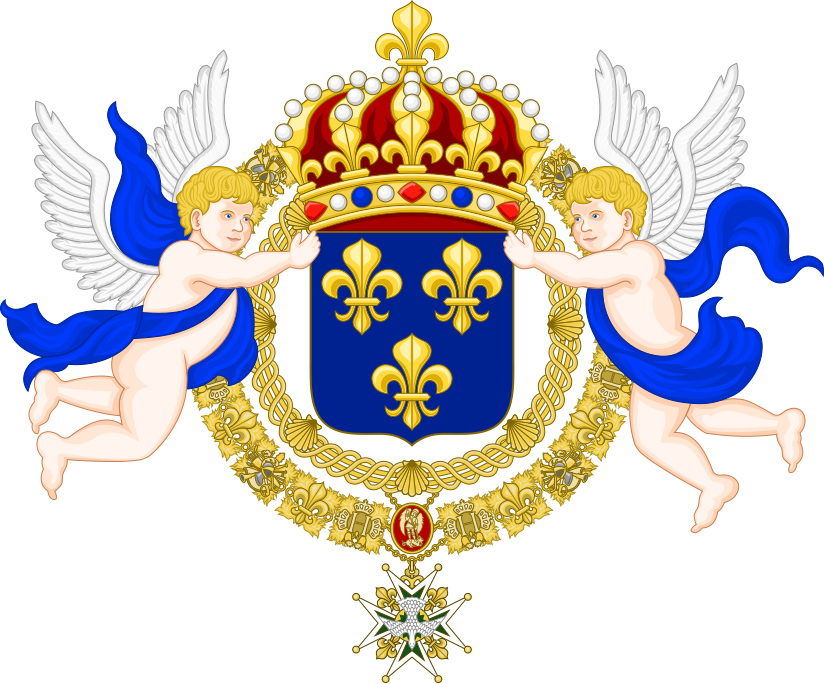
France’s royal seal prominently displayed the fleur-de-lis. This symbol was associated with the French monarchy for centuries. It represented purity and divine right. The emblem often appeared on royal decrees and coins. Its simple yet elegant design stood for the strength and unity of the French crown.
Seal of the Holy Roman Empire
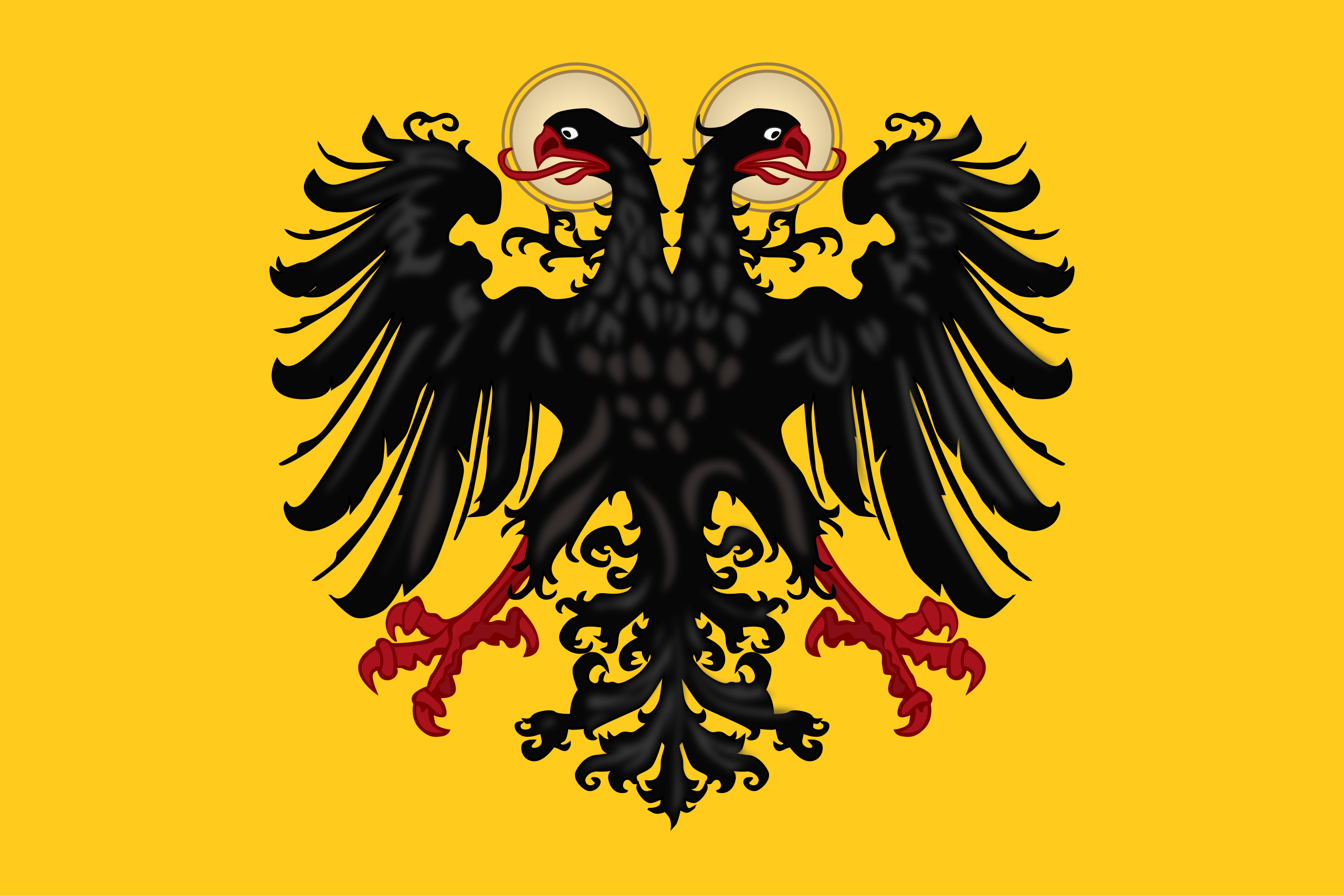
The seal of the Holy Roman Empire was a mark of imperial authority. It prominently featured a double-headed eagle. Each head represented the empire’s influence over both the east and west. The eagle held a sword and a scepter, symbolizing military power and governance. This emblem was a visual representation of the emperor’s divine and earthly rule.
Seal of the Kingdom of Portugal
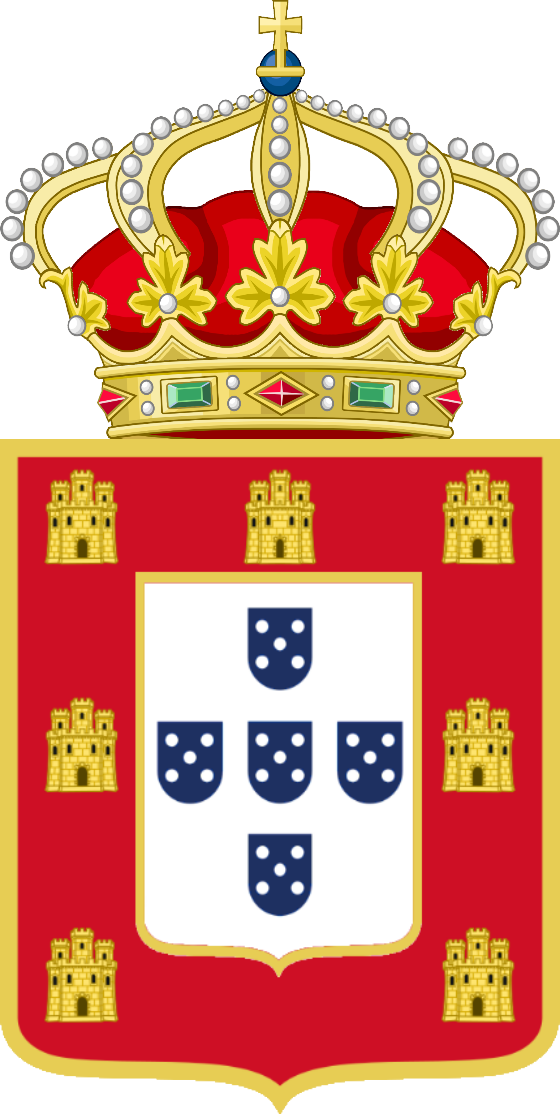
Portugal’s royal seal showcased a shield with five smaller shields inside. These smaller shields contained dots, representing the five Moorish kings defeated by the Portuguese. Encircling the shield was a border of castles, symbolizing protection. Atop the shield, a royal crown signified the kingdom’s sovereignty. This emblem embodied Portugal’s long-standing royal heritage.
Seal of the Austro-Hungarian Empire
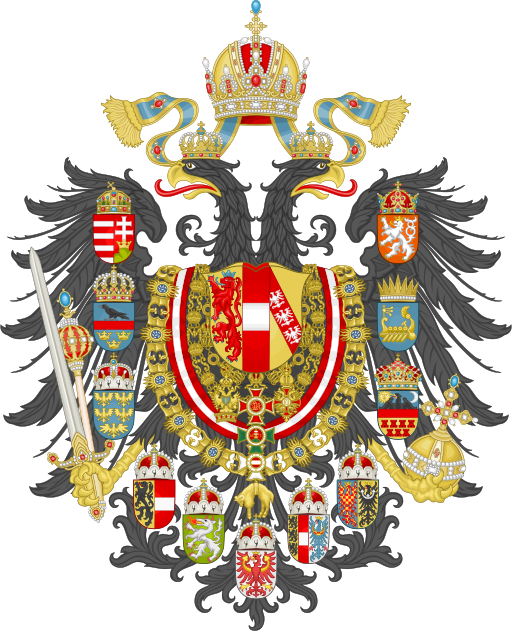
The Austro-Hungarian seal was a complex emblem. It featured a double-headed eagle, representing the dual monarchy. The eagle held a sword and an orb, symbolizing power and unity. On its chest was a shield with multiple coats of arms, representing the various regions under the empire. This seal was a clear sign of the empire’s vast reach and authority.
Seal of the Republic of China
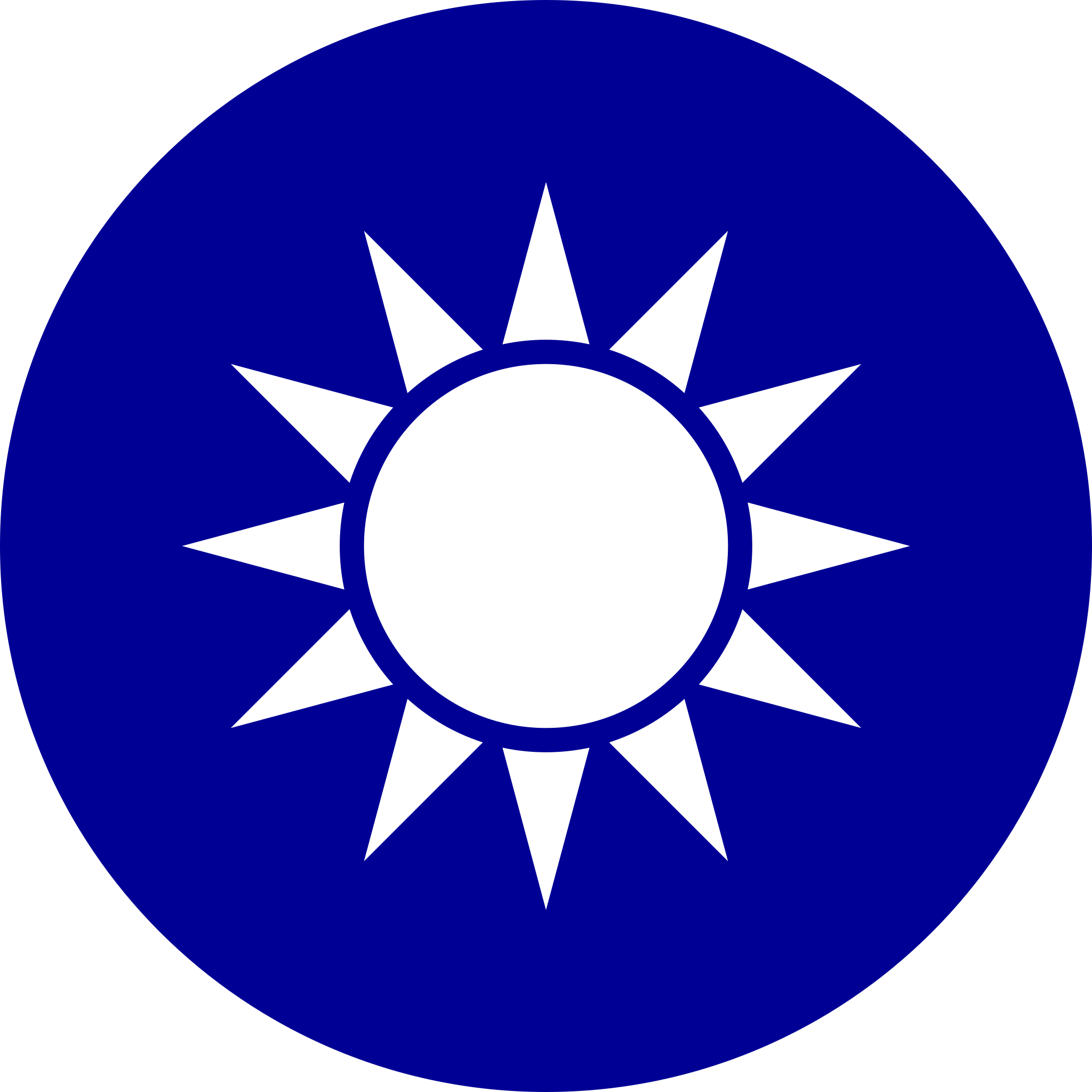
China’s seal is a bold representation of the republic’s ideals. It features a sun with twelve rays, symbolizing progress and hope. The simple circular design reflects the unity of the nation. Each ray represents a month of the year, signifying consistency and governance. This emblem underscores the Republic of China’s vision for a modern and orderly nation.
Seal of the Kingdom of Sweden
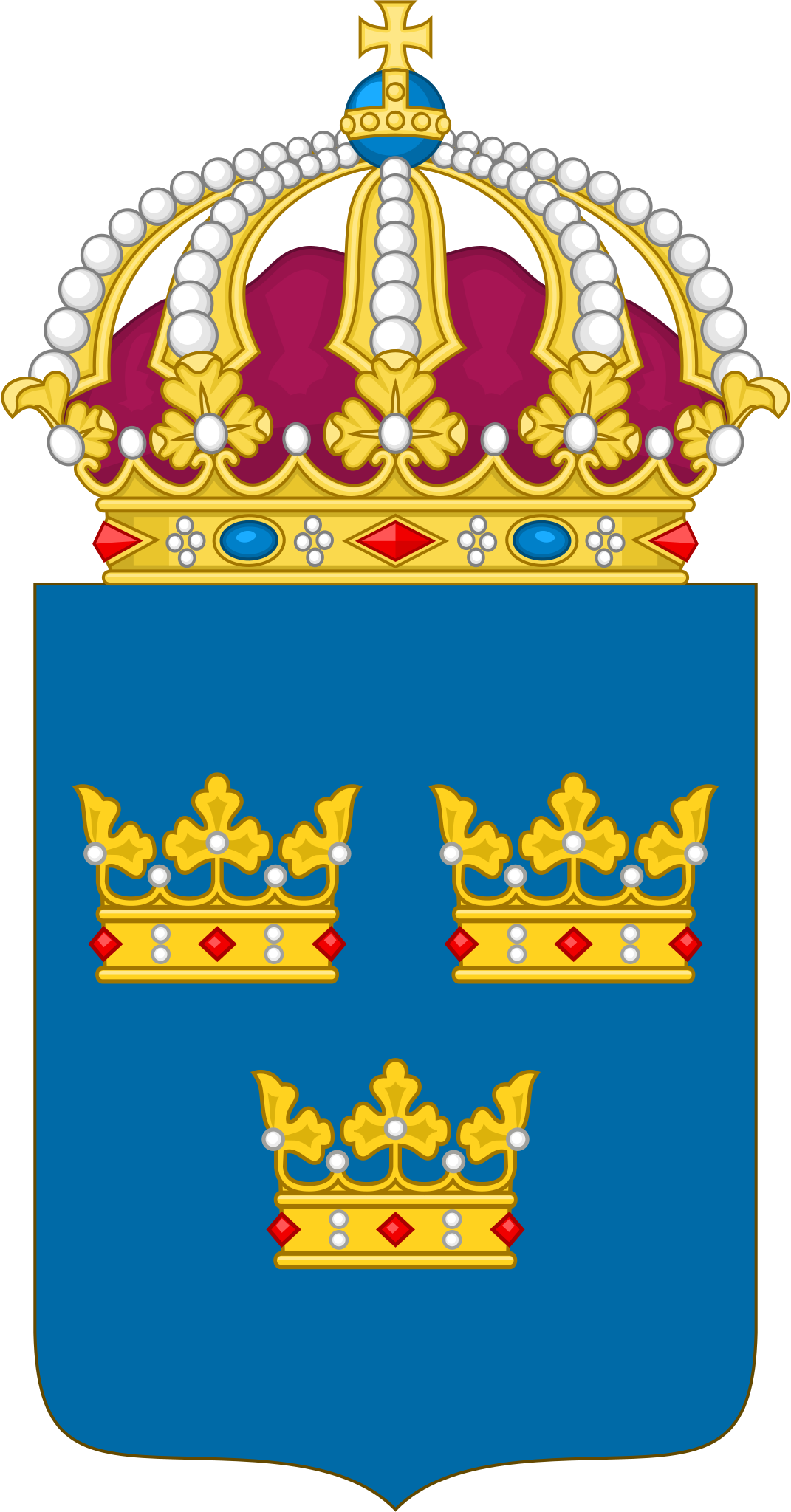
Sweden’s royal seal was a striking design. It featured three crowns, a symbol closely tied to Swedish history. These crowns represented the three ancient kingdoms of Sweden, Norway, and Denmark. A royal crown sat above the three crowns, signifying the monarchy’s enduring power. This simple yet elegant seal embodied Sweden’s royal lineage.
Seal of the Papal States
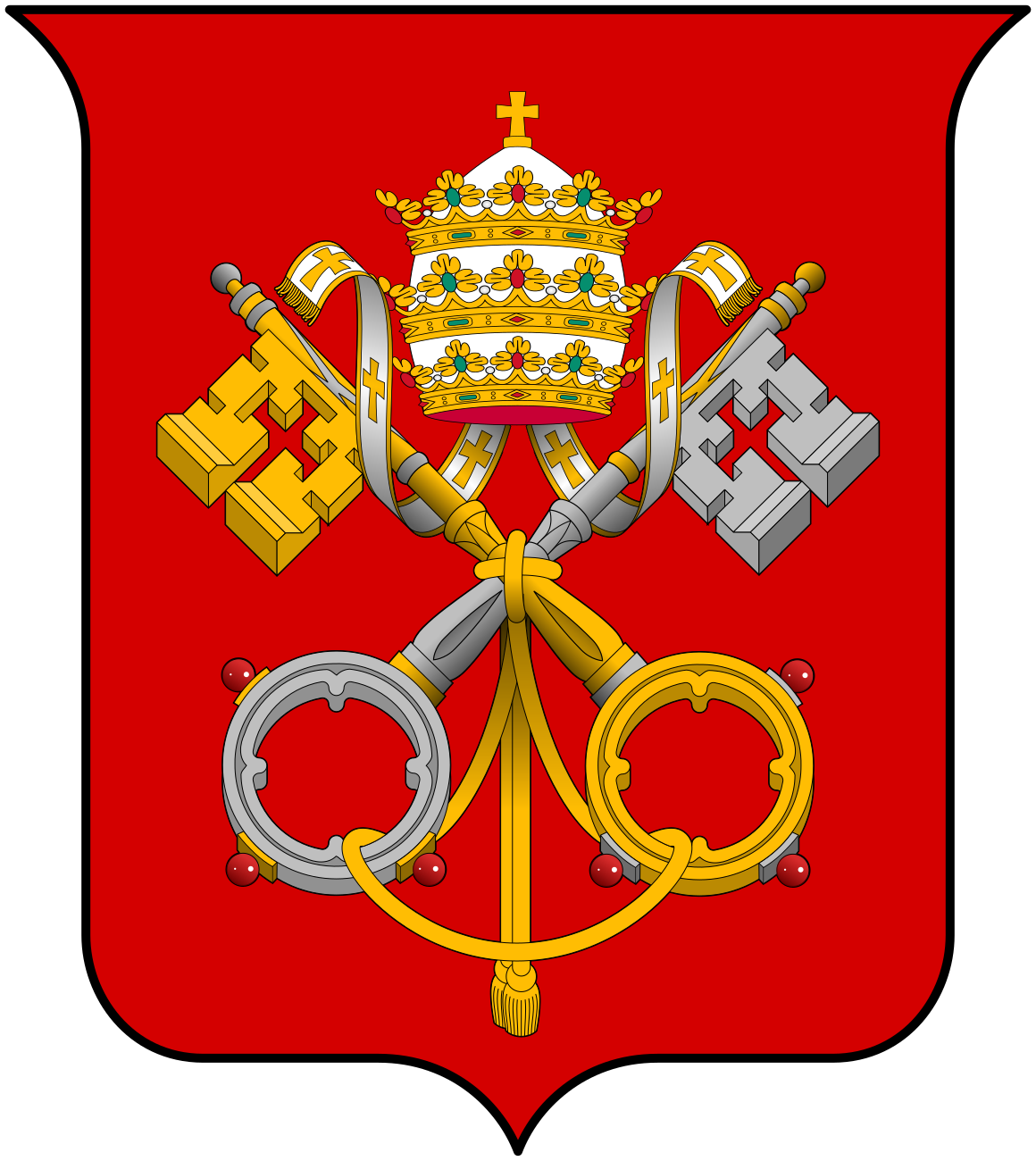
The seal of the Papal States was deeply symbolic. It featured two crossed keys, representing the keys to heaven given to St. Peter. Above the keys, a papal tiara symbolized the pope’s spiritual authority. The design highlighted the pope’s dual role as both a spiritual and temporal leader. This seal was a powerful mark of the Vatican’s influence over the centuries.
This article originally appeared on Rarest.org.
More from Rarest.org
15 Charming Corners of the Mediterranean Coast
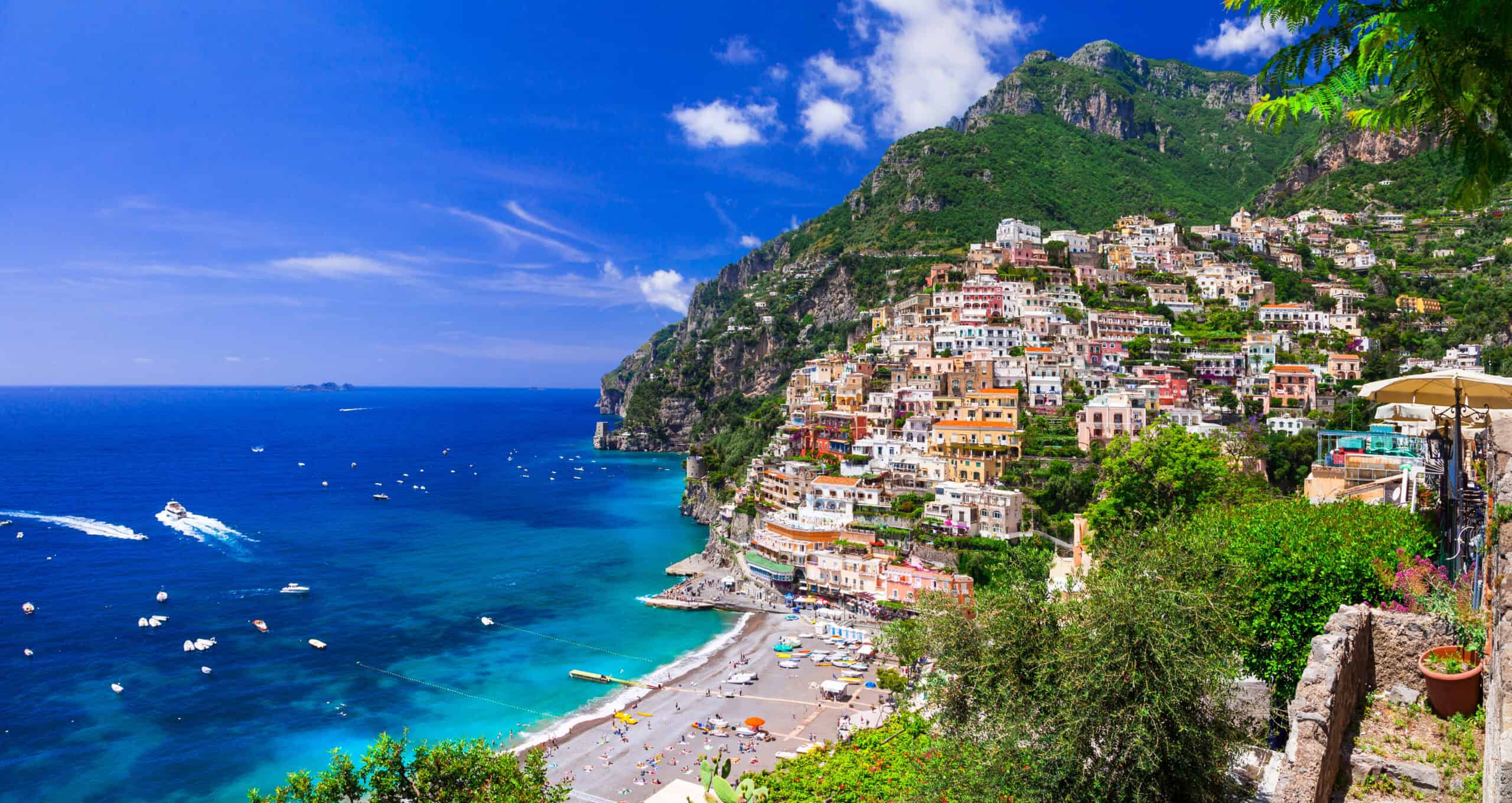
The Mediterranean coast is filled with picturesque corners that blend history, culture, and natural beauty. Read More.
9 Famous Coin Minting Mistakes and Their Value
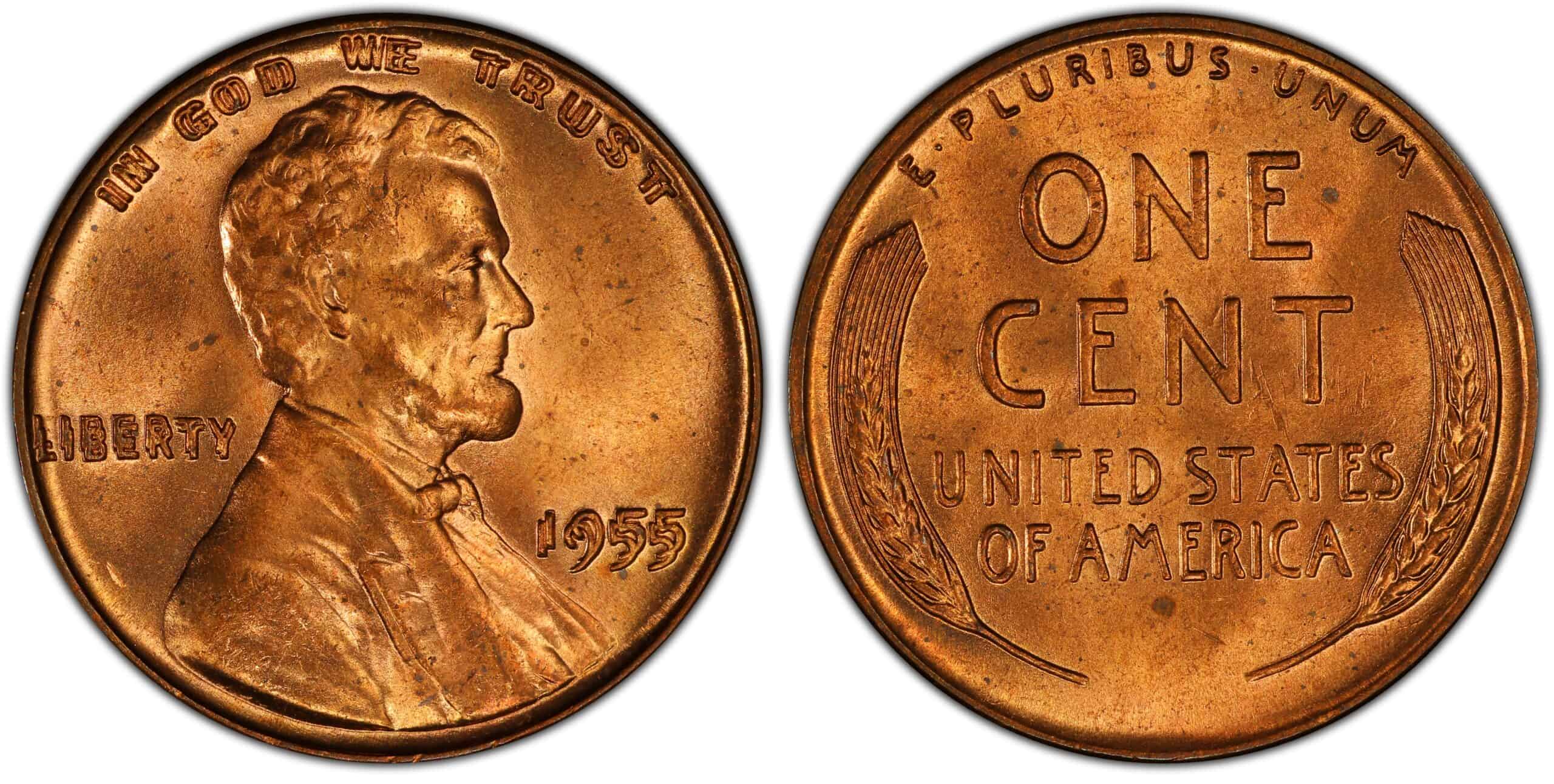
Coin collecting has long captivated the imagination of enthusiasts and investors alike. Among the myriad of coins in circulation, some stand out not for their intended design but for their minting mistakes. Read More.
17 Intriguing Textile Art Practices You’ve Never Heard Of

Textile art practices around the world are as diverse as the cultures that create them. Some are ancient, passed down through generations, while others are unique to specific regions or communities. Read More.
